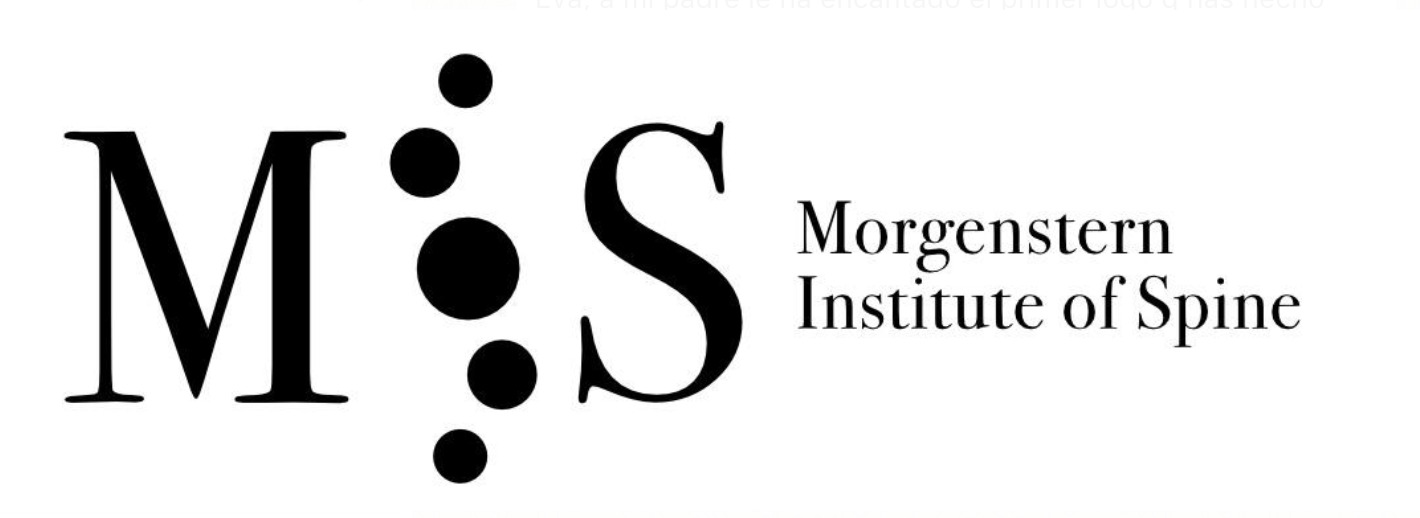Our Therapeutical Procedures
Lumbar Endoscopic Surgery
This minimally invasive surgical technique allows the treatment of herniations, herniated lumbar discs and other lumbar spine ailments under local anesthesia with a skin incision of less than one centimeter.
Cervical Endoscopic Surgery
This minimally invasive surgical technique allows the treatment of herniations, herniated cervical discs and other cervical spine ailments under local anesthesia with a skin incision of less than half centimeter.
Scoliosis Surgery
This novel minimally invasive anterior scoliosis correction (ASC) surgery allows to preserve the mobility and flexibility, as well as a harmonious growth of the spine.
Endoscopic Decompression
This novel surgical technique allows decompressing the spinal canal in cases of central canal stenosis with a skin incision of just 1 cm length .
Endoscopic Fusion
Anterior spine surgery
Allows access to the intervertebral discs of the spine through a small incision in the patient’s abdomen.
Sacroileitis
Conservative treatment technique with an intra-articular infiltration of the sacroiliac joint or for severe cases, surgical fusion of the sacroiliac joint.
Vertebral Fractures
The fastest and safest method to reduce pain in vertebral fractures, restore vertebral height and avoid the possibility of spinal deformity due to a collapsing vertebral fracture.
Physiotherapy, the FPZ concept
Advanced spine surgery in complex cases
Not all spine cases are simple and some complex cases may require advanced spine surgery. Complex spine surgery cases are i.e. cases with degenerative scoliosis, infections of the spine and previously operated (failed back surgery) cases, among others.
Minimally invasive Oblique lateral Lumbar Interbody Fusion (OLIF) surgery
OLIF is a minimally invasive surgery that allows to correct complex deformities of the lumbar spine, like degenerative scoliosis and instabilities (spondylolisthesis), with a small skin incision on the side of the belly.
Endoscopic cervical spine fusion surgery
Endoscopic cervical fusion surgery allows to correct deformities in the cervical spine (kyphosis) and instabilities (spondylolisthesis) with a small skin incision of less than < 2 cm and hospital discharge in less than 24 hours.

